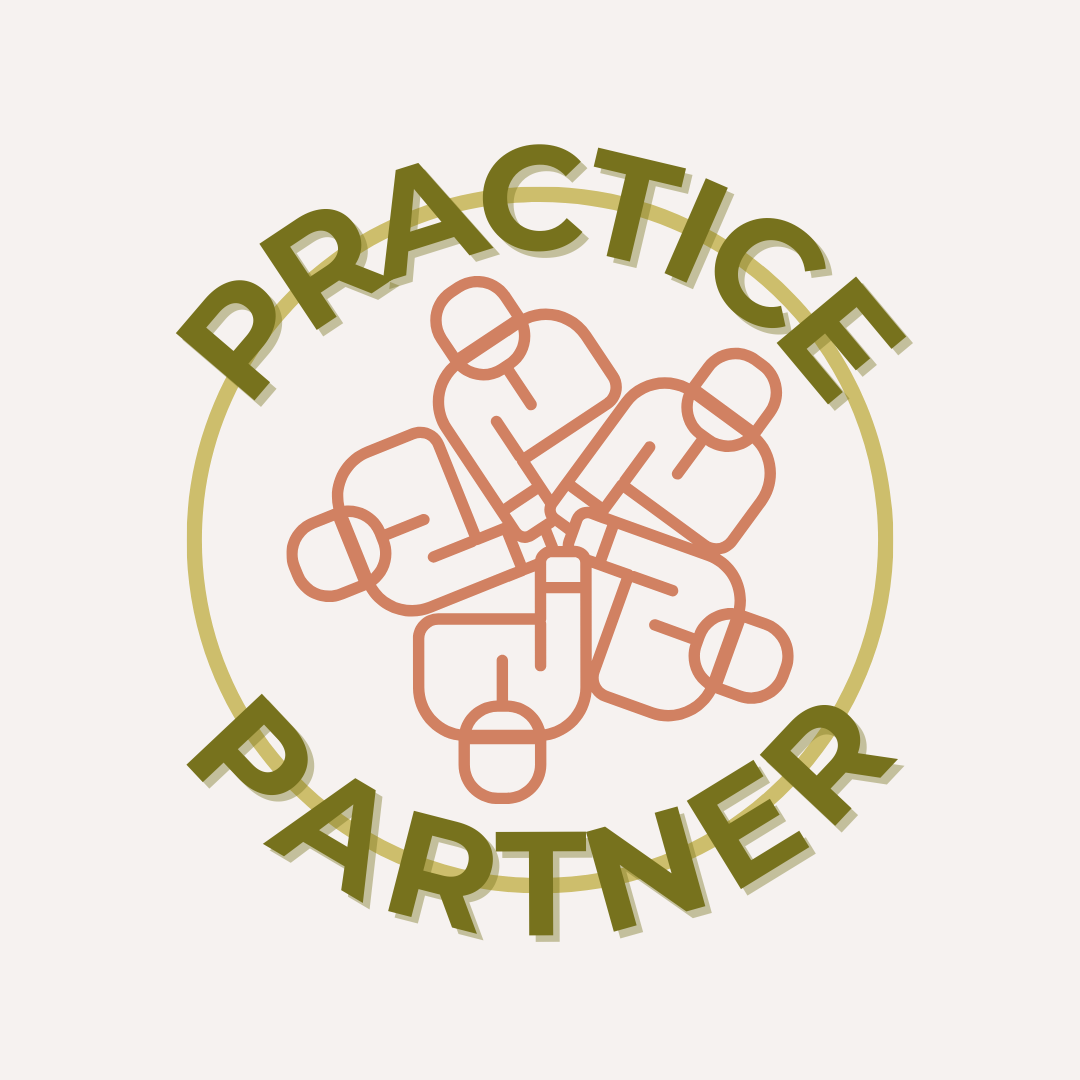Your Intake Process Might Be Turning People Away (Here’s How to Fix It)
You’ve built a values-driven practice. You care about access. You want clients to feel safe and seen from the very first touchpoint.
But what if your intake process—despite your best intentions—is creating barriers?
I’ve reviewed dozens of intake systems, and here’s what I often see:
Inquiry forms that are long, confusing, or buried three clicks deep.
Auto-replies that sound cold or clinical — or never get sent at all.
Waitlist communication that goes silent for weeks or months.
Admin systems that drop the ball when a potential client finally reaches out.
None of this is about bad intentions. It’s about capacity.
Intake is one of the most operationally fragile parts of a practice—and yet it’s the first impression clients get.
Image via unsplash.
Here’s how to improve it:
1. Audit your intake journey.
Try walking through it yourself — or better yet, ask a practice manager (hi!) to do it and give feedback.
2. Streamline your form.
Ask only what’s essential. Save nuance for the consult call.
3. Add clarity + warmth.
Your auto-response should answer questions and sound like a human wrote it.
4. Create a waitlist protocol.
Whether it’s a monthly check-in or a referral list, set the expectation and follow through.
5. Designate ownership.
Who’s responsible for monitoring and following up? Make it someone’s clear role.
Your intake system is more than admin — it’s hospitality. It’s the moment a client decides whether your practice feels safe. When it works well, it builds trust. When it falters, it erodes confidence.
Want a second set of eyes on your intake system? That’s one of my favorite things to help with (seriously).
Hey! I’m Charlie — Your Practice Partner.
I help human-centered group practices thrive. More about me.



